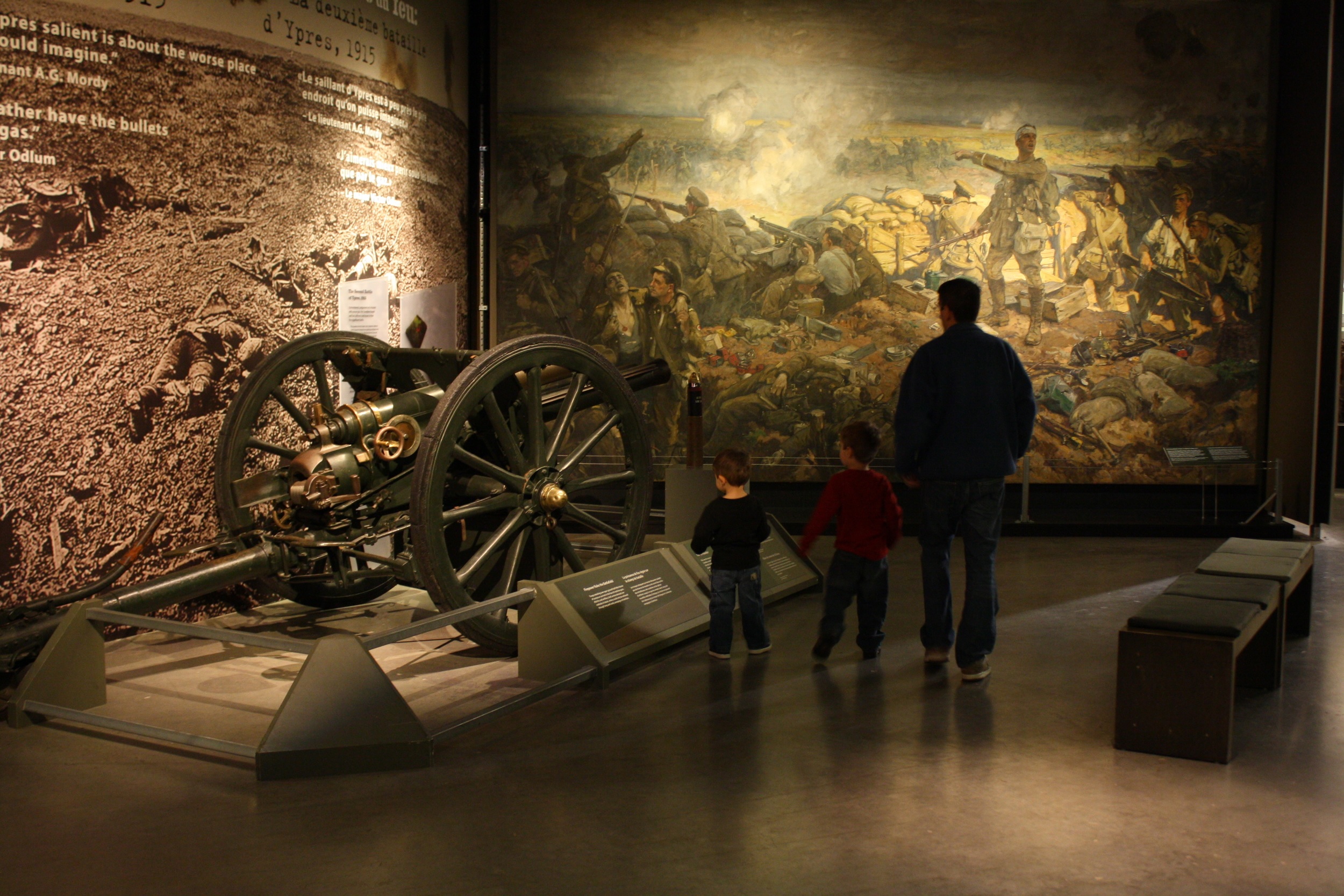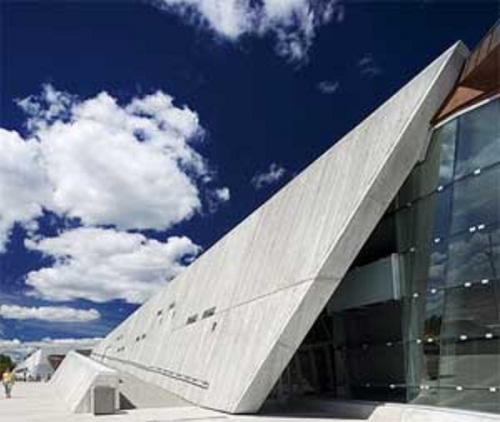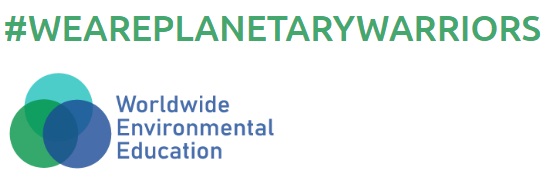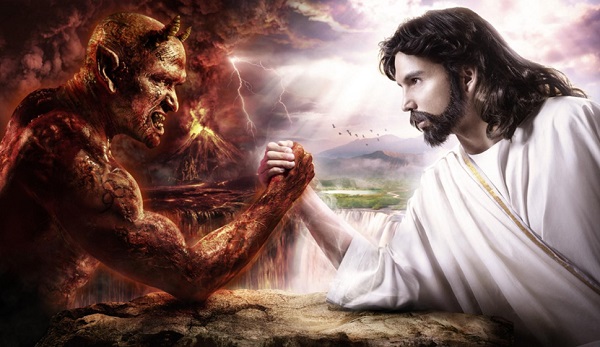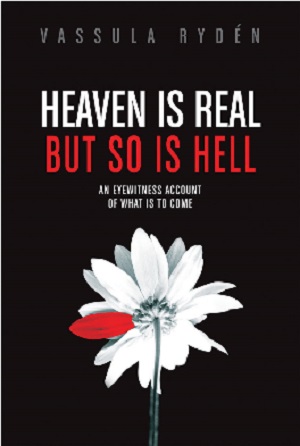Rome, December 2021 – At a time when rural people in low-income countries face steep increases in food prices and the devastating impacts of climate change are contributing to a rise in hunger and poverty, Canada has announced today its commitment to support the resilience of small-scale farmers and the prosperity of rural communities by increasing its funding to the UN’s International Fund for Agricultural Development (IFAD).
The Canadian Minister of International Development, Harjit S. Sajjan, announced at a side event of the Tokyo Nutrition for Growth Summit today that Canada will commit an extra CA$37.5 million (about US$27.7 million) in support of IFAD’s Twelfth Replenishment – a process whereby Member States commit funds to the organization for its work over three years beginning in 2022.
This represents a 50 percent increase to the government’s initial pledge of CA$75 million (approximately US$55.5 million) bringing the total contribution of Canada to CA$112.5 million (about US$83.2 million).
In addition, Canada contributed a loan on very favorable terms amounting to CA$340 million (around US$255 million) to support climate smart and gender-sensitive agriculture approaches. Actions like this will help IFAD meet its commitment to double its impact by 2030 while making much-needed progress on reaching the Sustainable Development Goals, particularly SDG#1 (no poverty) and SDG#2 (zero hunger).
“Canada and IFAD have a long-standing partnership to end poverty and hunger in rural areas. We would like to sincerely thank Canada for stepping up its commitment to help the world’s most vulnerable people build their resilience and ability to adapt to the devastation created by climate change and other recent shocks,” said Gilbert F. Houngbo, President of IFAD.
“With this support, more small-scale producers, particularly women, will be able to increase food production, bring more nutritious and affordable food to markets and improve rural income opportunities.”
“Canada is promoting innovative, gender-responsive financing, including through our efforts to advance women’s rights, leadership and decision-making in agriculture and food systems. We look forward to continuing our work with IFAD to achieve a low-carbon, food secure, and climate-resilient future for us all—especially for those working on the forefront: rural women,” said Minister Harjit S. Sajjan.
The Canadian contribution will be used by IFAD to help finance its programme of loans and grants which is expected to total up to US$3.5 billion over the next three years. This will help approximately 110 million rural people increase their production and raise their incomes through better market access and rural financial services. It will also increase climate resilience and contribute to creating employment, particularly for women and youth, while improving food security and nutrition for the world’s most vulnerable people.
Canada is a founding member of IFAD.
Over the years, it has committed more than US$551 million to the Fund’s core resources, with a particular focus on initiatives for women’s empowerment and gender equality, improved rural livelihoods, better nutrition and climate adaptation. With Canada’s strong support, IFAD has become a leader in rural women’s empowerment, with women now accounting for a full 50 percent of participants in IFAD-funded programs and projects.
IFAD is an international financial institution and specialized agency of the United Nations dedicated to eradicating rural poverty in developing countries. It is focused on transforming agriculture, rural economies and food systems by making them more inclusive, productive, resilient to climate shocks and sustainable.

